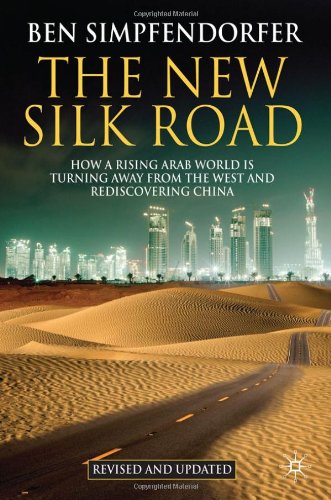- 2 402 202 книги
- Поиск
The Jahn-Teller Effect: Fundamentals and Implications for Physics and Chemistry (Springer Series in Chemical Physics)
The Jahn-Teller Effect: Fundamentals and Implications for Physics and Chemistry (Springer Series in Chemical Physics)
Horst Köppel, David R. Yarkony, Heinz BarentzenThe Jahn-Teller effect continues to be a paradigm for structural instabilities and dynamical processes in molecules and in the condensed phase. While the basic theorem, first published in 1937, had to await experimental verification for 15 years, the intervening years have seen rapid development, initially in the theoretical arena, followed increasingly by experimental work on molecules and crystals. Among the many important developments in the field we mention cooperative phenomena in crystals, the general importance of pseudo-Jahn-Teller couplings for symmetry-lowering phenomena in molecular systems, nonadiabatic processes at conical intersections of potential energy surfaces and extensions of the basic theory in relation to the discovery of fullerenes and other icosahedral systems.
The aim of the present volume is to provide a survey of the state-of-the art in Jahn-Teller interactions at the interface of quantum chemistry and condensed matter physics.
Cast in form of a set of extensive and tutorial reviews, the following topics are dealt with in this book: Jahn-Teller effect and vibronic interactions: General theory - Conical intersections and nonadiabatic dynamics in molecular processes - Impurities; Spectroscopy of transition metal complexes - Fullerenes and fullerides - Jahn-Teller effect and molecular magnetism - The cooperative Jahn-Teller effect and orbital ordering - Jahn-Teller effect and high-Tc Superconductivity .
Written by leading international experts, this volume is addressing both the non-expert scientist as well as those experts interested in expanding their knowledge into neighboring areas. Given the tutorial style of the contributions, this work is further intended to be a complement to available textbooks in the field.

Проектирование и строительство. Дом, квартира, сад
Автор: Петер Нойферт, Автор: Людвиг Нефф
Система упражнений по развитию способностей человека (Практическое пособие)
Автор: Петров Аркадий Наумович
Сотворение мира (3-х томник)
Автор: Петров Аркадий Наумович
Радиолюбительские схемы на ИС типа 555
Автор: Трейстер Р.
Вычислительные методы в электродинамике
Автор: Митра Р. (ред.)(R.Mittra)
Выборочный метод в социологии. Методическое пособие
Автор: Ермолаев А.
The New Silk Road: How a Rising Arab World is Turning Away from the West and Rediscovering China
Автор: Ben Simpfendorfer




